Russian industrial design studio Lab 20/50 (also stylised “2050 Lab”) has recently revealed a concept for a new domestically-developed game console. The project is part of Russia’s national plan to revitalise its home game-hardware industry, and the design has already been awarded first prize in the “Daily-Use Devices – Industrial Design” category of the Russian Best Industrial Design Awards.
According to the design brief, the device uses a dual-form factor: it can operate as a home console connected to a living-room AV system, or it can convert into a portable mode. In portable mode, the system splits into an independent game controller and a display unit with a built-in stand, via an internal dock mechanism, to switch between modes.
The design team emphasises a strong national identity in the product’s styling: the shape language is inspired by the Soviet-era PO-2 style reinforced-concrete fence structures, giving the machine a recognisable visual signature. They also highlight their use of skin-friendly materials and ergonomically shaped forms to ensure comfort during extended play sessions.
Notably, Lab 20/50 joined a working group established by the Ministry of Industry and Trade of the Russian Federation in 2024 for the development of Russia’s own gaming console hardware. The concept thus appears as both a product design and part of a broader industrial strategy.
Key Features of the Concept
- Dual-mode operation: The console functions as a home unit or transforms into a portable system.
- Split controller + display in portable mode: The unit detaches into a game controller and a stand-mounted screen/display, facilitated by a built-in docking system.
- Distinctive Russian design language: Inspired by Soviet industrial architecture (specifically the PO-2 reinforced concrete fencing structure), the design seeks to express national identity in form.
- User-centric materials & ergonomics: Materials are chosen for tactile comfort and long-session usability; control forms are sculpted for ergonomic handling.
- Industrial-policy alignment: The project aligns with Russia’s push for hardware autonomy, domestic production and local game ecosystem development.
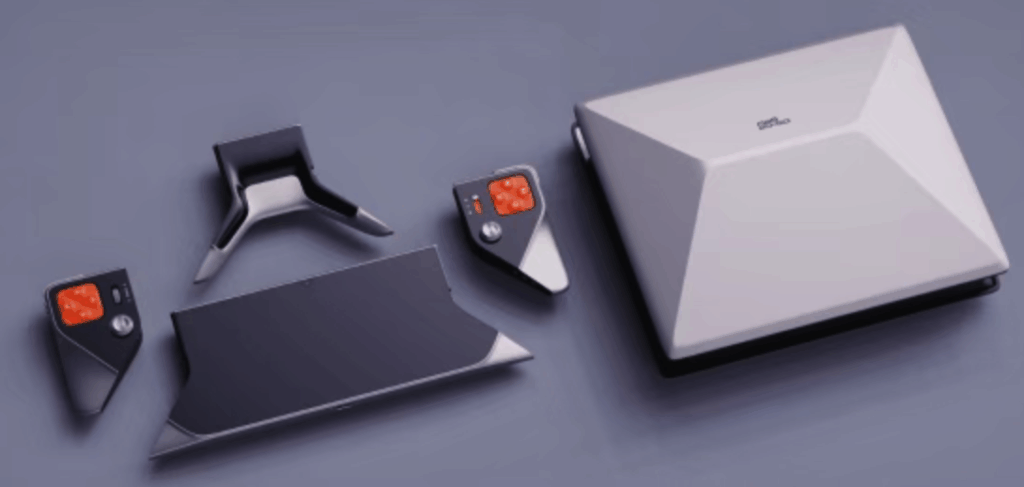
“Does Russia have gaming consoles?”
Yes — Russia does use game consoles, and there is also a developing push to produce indigenous consoles. Historically, the Russian market has been supplied by global console makers (such as PlayStation, Xbox, and Nintendo) through imports (often via parallel import channels). For example, in 2024, the Russian console market was estimated at 1.45 million units and a value of about 31.67 billion rubles.
In addition, there are efforts to develop truly Russian-made console hardware: one example is a device based on the Russian “Elbrus-2C3” processor and local components, reportedly aimed at launch around 2026-2028.
So while Russia does not yet have a massively globally competitive “homegrown” console brand dominating the world, the local market is active, and the country is moving toward more domestic console hardware.
“What is the most popular gaming console in Russia?”
Based on recent market data, the most popular console family (by revenue and market share) in Russia is Sony’s PlayStation brand. In 2024, PlayStation accounted for about 71.6% of spending on consoles in Russia, and around 29.5% of units sold.
By comparison, Xbox’s share of revenue dropped from about 16% to 8.9% in the same period, and its unit share fell from 7.1% to 4.8% in 2024. Meanwhile, the handheld/hybrid device Steam Deck (by Valve Corporation) grew strongly in Russia — up over 70 % in sales — and approached Xbox in revenue share, though still relatively small overall.
In short:
- The dominant platform is PlayStation.
- The next major presence is Xbox (though declining).
- Hybrid/handheld devices are gaining ground, but haven’t yet overtaken the major console brands.
So if one asks “what console is most popular in Russia”, the best answer is PlayStation (Sony’s platform).
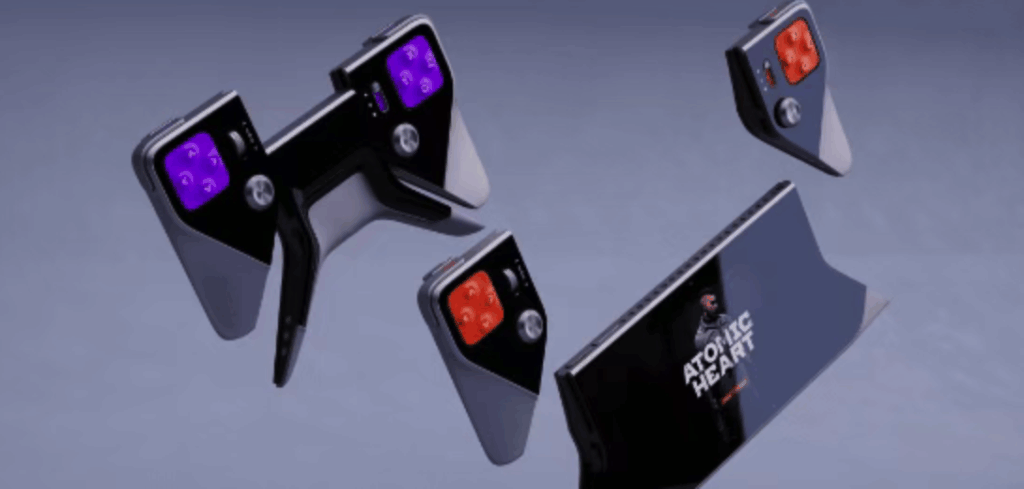
Strategic & Market Context
- Russia has been pursuing domestic game-hardware development as part of its drive for technological independence, especially in light of sanctions and supply-chain disruption. For example, Russia is reported to be developing a console based on its home-designed Elbrus CPU and its own operating systems.
- The design is as much a cultural or design symbol as a pure hardware competitor: since Russian chip-and-ecosystem capabilities are not yet at the very top of consumer-console performance, the strategy appears to emphasise differentiation (design, form-factor, domestic identity) rather than purely out-muscling global leaders.
- Therefore, the console concept may be intended more to showcase design and local-manufacturing identity, rather than to immediately challenge the global flagship consoles from PlayStation or Xbox in raw performance.
- If launched domestically, the device could serve as a flagship for Russia’s internal game-hardware ecosystem: domestic games, domestic game engine support, domestic design and manufacturing. But major challenges remain: performance, software/games ecosystem, and developer support.
Challenges & Outlook
Strengths
- Strong national branding and design identity that differentiates it from generic global consoles.
- Hybrid home/portable form factor matches global trends toward flexible gaming lifestyles.
- Award-winning industrial design already gives credibility and helps in marketing or partner investment.
Challenges
- Hardware performance: Russian-designed processors and components currently lag behind the global leader consoles.
- Software and game ecosystem: A console alone is not enough — it requires strong local game-development, third-party licensing, OS and services infrastructure. Experts cite this as a major barrier.
- Competitive landscape: The Global console market is mature with strong incumbents; breaking in will be difficult without a strong differentiator beyond national identity.
Outlook
- If launched domestically, this console concept could act as a symbol of Russia’s industrial design and hardware resurgence, rather than a world-beater at first.
- The hybrid home/portable design is a smart niche: it may position the device not as a raw power monster but as a lifestyle or design piece, thereby sidestepping part of the hardware arms race.
- Should the product succeed in establishing a local game ecosystem (games developed in Russia, local studios, perhaps export), it may become a platform for Russian game culture and hardware identity.
- Whether it achieves export success remains open: international markets typically expect both strong hardware and rich game libraries.
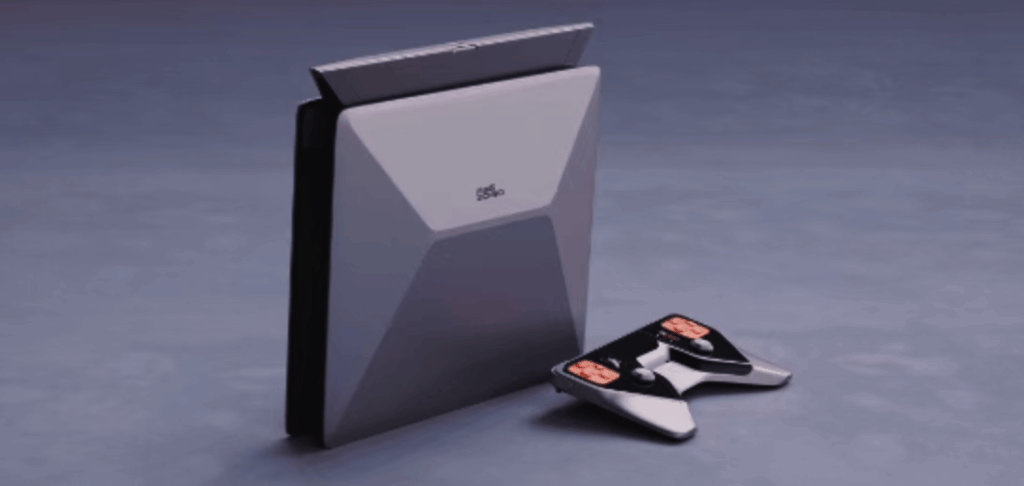
Additional Angles Worth Exploring In the Article
- Design heritage: You can elaborate on how Soviet industrial architecture (like concrete fence systems, PO-2-style grids) influences modern Russian industrial design, and how this aesthetic is realised in the product.
- Designer interviews: If possible, include commentary from Lab 20/50 about why they chose the specific form-language, what materials they considered, and how they approached ergonomics.
- Policy background: Expand on Russia’s governmental directives, funding incentives, and strategic goals for hardware independence (e.g., from foreign chips/OS).
- Market positioning & competitive analysis: Clarify who the target user is (Russian gamers? export? home use? portable niche?). Compare to devices like Nintendo Switch or Steam Deck in concept (home/portable hybrid) and discuss how this new device might align or differ.
- Commercialisation status: Note whether this is still a concept or whether there are firm production plans, partners, time-lines. (From current data, it seems still conceptual/early stage.)
- Game ecosystem plan: Will the console support only domestic game content? Will there be compatibility with major titles? How will developers be onboarded?
- Cultural dimension: Explore how the design asserts Russian identity in hardware tech, and what that means in a broader geopolitical/tech sovereignty context.


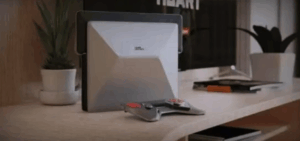




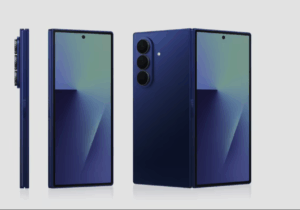
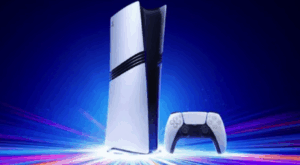





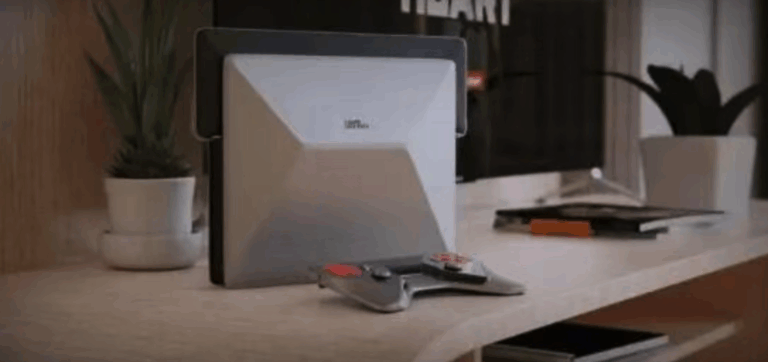

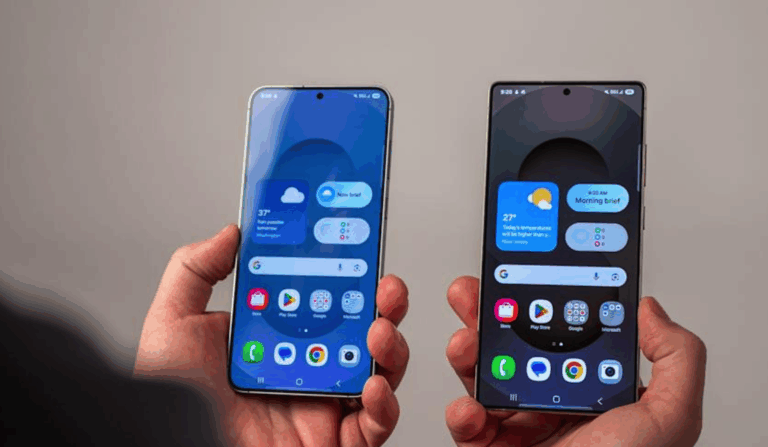
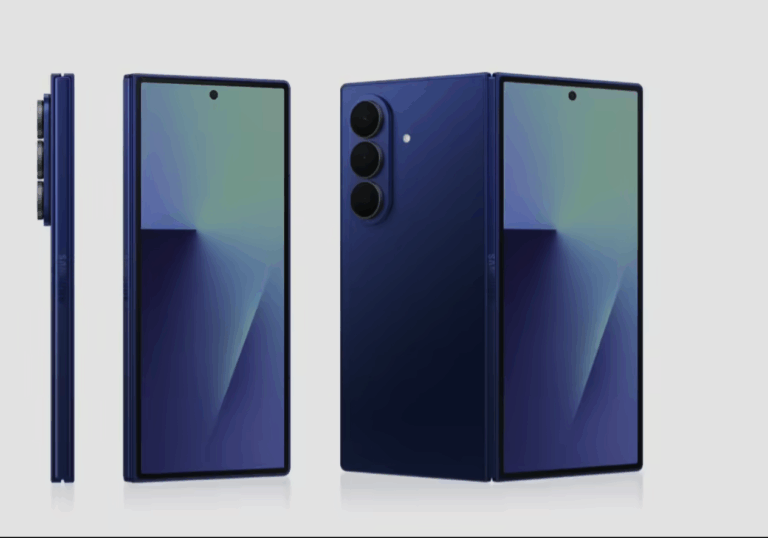
+ There are no comments
Add yours